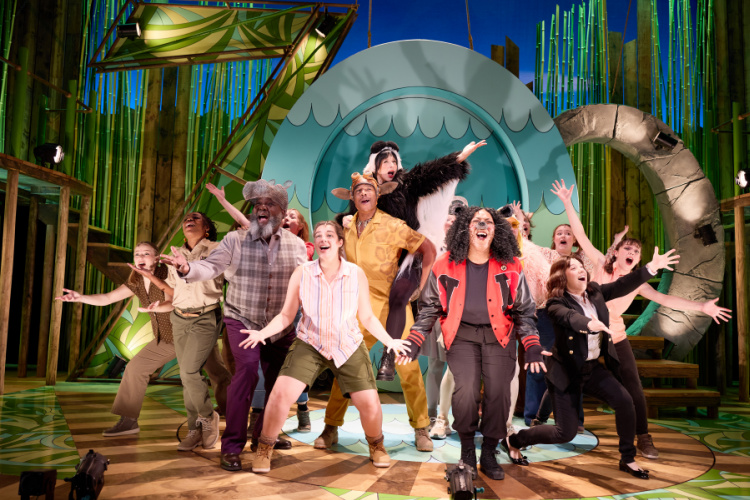Why I won’t live in a city without a Fringe Festival
Hold
Author
Related Articles
Gift a book by a Cincinnati author from the literary list
Use this list of the latest local releases and favorites for last-minute gifts.
World premiere of “It’s Fritz” delivers as a celebration of art, identity and community
The sequel to “Fiona: The Musical” is on stage now at Ensemble Theatre.
The state of improv in the Queen City: A conversation with Colin Thornton from Improv Cincinnati
What began over a decade ago as a grassroots collective of improvisers is now a growing movement with an organization that is hitting its stride.














